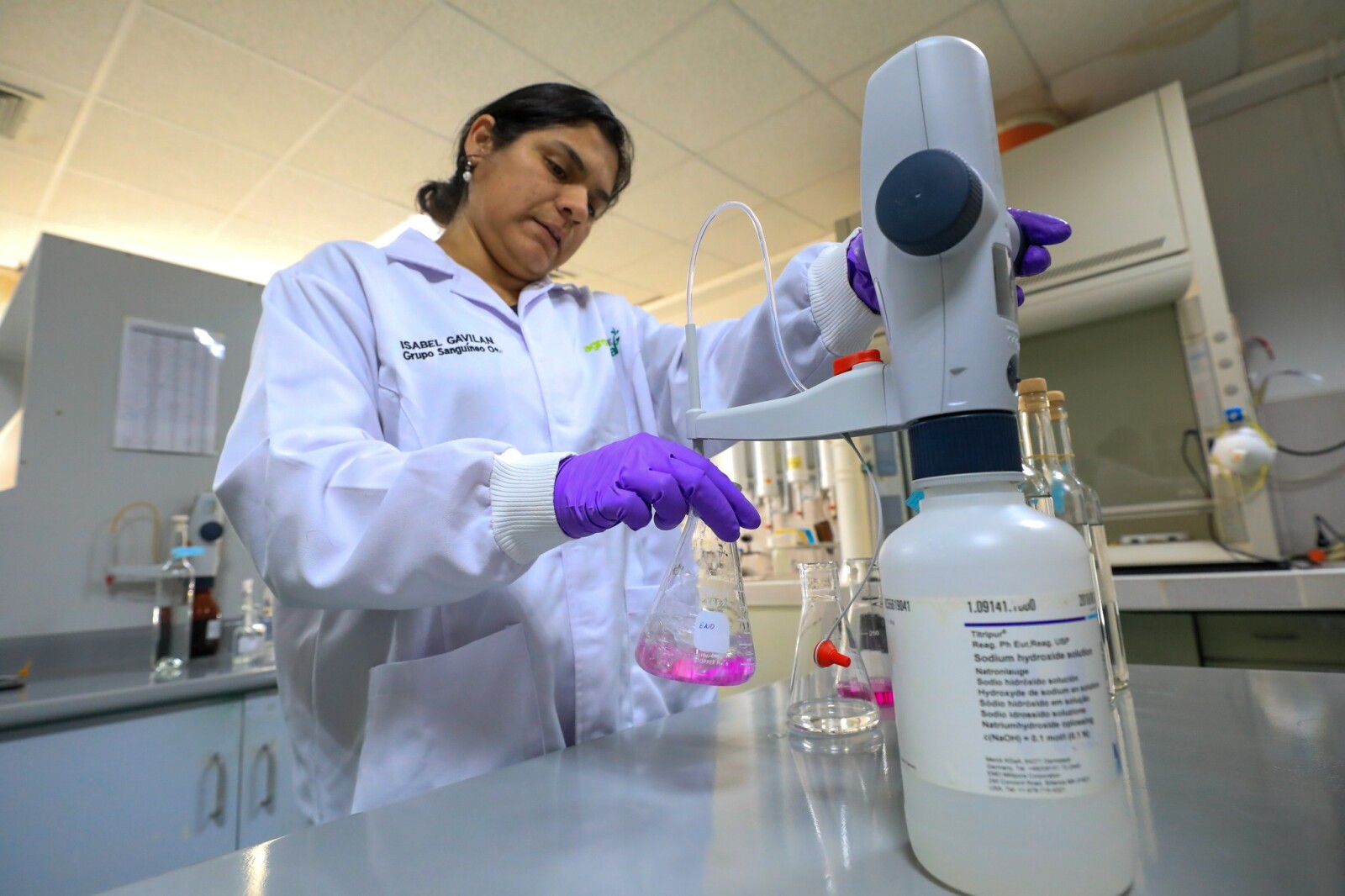Tracing the Silent Assassin: Understanding Liver Damage from Chemical Exposure
This article elucidates the mechanisms of liver damage resulting from chemical exposure.

A comprehensive examination of the liver's detoxifying role, types of harmful chemicals, and biological processes leading to damage is undertaken.
Additionally, early detection signs are identified alongside preventive measures and treatment options.
The intention is to foster a deeper understanding of this silent health crisis and suggest potential strategies for prevention and management.
Key Takeaways
- The liver plays a crucial role in metabolizing and eliminating harmful substances from the body through its detoxification pathways.
- Chemicals such as alcohol, prescription medications, and industrial compounds can cause significant liver damage if there is chronic exposure.
- The liver's metabolism of toxic chemicals can lead to cell damage and death, and genetic factors can influence an individual's ability to effectively metabolize these substances.
- Recognizing symptoms and early signs of liver damage, such as fatigue, nausea, abdominal discomfort, and jaundice, is important for early detection and intervention.
The Role of the Liver in Body Detoxification
The liver's role in body detoxification is paramount, as it serves as the primary organ responsible for metabolizing and eliminating harmful substances from the body. The myriad of Liver Functions includes breaking down toxins into less hazardous forms that can be excreted through urine or bile. These toxins may come from various sources such as food, water, air, and chemical exposure.
There are two main detoxification pathways within the liver cells, known as Phase 1 and Phase 2 detoxification. The former involves using enzymes to transform toxins into less harmful substances or intermediates. These intermediates then undergo further transformations in Phase 2 which makes them water-soluble for elimination via bodily fluids.
To perform these complex biochemical processes efficiently, the liver requires a variety of nutrients found in Detoxification Foods. Some examples include cruciferous vegetables like broccoli and Brussels sprouts which provide compounds supporting both phases of detoxification; beetroot containing betaine that aids in eliminating toxins through urine; garlic loaded with sulfur aiding phase 2 reactions; and citrus fruits enriched with vitamin C promoting production of glutathione - a crucial compound for toxin removal.
Nevertheless, constant exposure to high levels of toxic chemicals can overwhelm these natural processes causing liver damage over time. Therefore, understanding the functions of the liver and incorporating appropriate foods into daily diet play significant roles in enhancing its detoxifying capabilities while reducing vulnerability to chemical-induced liver damage.
Types of Chemicals That Can Cause Liver Damage
Various substances such as alcohol, prescription medications, and industrial compounds have been identified as potential risks to hepatic health. Chronic exposure to these chemical sources can result in significant liver damage due to the organ's role in metabolizing and detoxifying foreign substances. The liver's resilience is tested when overwhelmed by toxins, leading to an inability to repair itself efficiently.
Alcohol is a well-recognized hepatotoxic substance, with prolonged consumption leading to conditions like alcoholic hepatitis and cirrhosis. Prescription medications pose another risk; drugs including paracetamol and certain antibiotics can cause acute or chronic liver damage if misused or overused. Industrial compounds represent a hidden danger - workers exposed to chemicals such as vinyl chloride or carbon tetrachloride may suffer from toxic hepatitis.
Herbicides and pesticides also present potential hazards for hepatic health. These substances often contain organophosphates, known for their deleterious effects on the liver. Moreover, heavy metals such as lead and mercury are notorious for their hepatotoxicity.
Understanding the toxicity of these substances is essential for preventing liver disease. Strategies may include limiting exposure through safe work practices or proper medication use, along with improving liver resilience through diet and lifestyle measures.
Research continues into how different chemical sources impact the liver's functioning and resilience differently - aiming not only at identifying new threats but also developing more effective preventative measures and treatments strategies.
The Biological Process: How Chemical Exposure Leads to Liver Damage
Biological pathways involved in hepatic injury following contact with harmful substances represent an intricate web of interactions. The process is dictated by the principles of chemical metabolism and influenced heavily by genetic factors.
Upon exposure, the liver, as the primary detoxifying organ, metabolizes toxic chemicals into less harmful substances that can be excreted from the body. This process primarily occurs via two phases; Phase I involves oxidation, reduction, or hydrolysis reactions that make these foreign compounds more polar to facilitate their elimination. Phase II entails conjugation reactions leading to further neutralization of toxins.
However, some chemicals are biotransformed into reactive metabolites during phase I metabolism. These metabolites might bind covalently to cellular macromolecules causing cell damage and death—a phenomenon known as bioactivation.
The genetics influence comes into play with polymorphisms in genes coding for enzymes involved in chemical metabolism—CYP450 enzymes being a classic example. Variations in these genes can significantly alter an individual's ability to metabolize certain drugs or toxins effectively, which could potentially lead to hepatic injury.
Moreover, genetics also governs how immune responses are mounted against hepatocellular damage caused by these compounds—a critical factor determining the severity of liver disease post-exposure.
Recognizing Symptoms and Early Signs of Liver Damage
Early detection of hepatic impairment often relies on the recognition of symptoms and signs that may be subtle or nonspecific at onset. As liver diagnostics advance, it becomes increasingly evident that a range of factors can influence the presentation and progression of liver conditions. The influence of alcohol, for example, is widely acknowledged in exacerbating existing complications or precipitating new ones.
In the context of chemical exposure, the manifestation of hepatic damage varies greatly, from asymptomatic elevations in liver enzymes to severe life-threatening disease. The spectrum includes fatigue, nausea, right upper quadrant abdominal discomfort and jaundice among others. These signs might be overlooked due to their generic nature unless clinicians maintain an index of suspicion for possible liver involvement.
Liver diagnostics have revolutionized early detection through biochemical tests assessing levels of alanine aminotransferase (ALT) and aspartate aminotransferase (AST), alkaline phosphatase (ALP), bilirubin and albumin. Imaging modalities such as ultrasound scan or computed tomography provide additional information about structural changes while histological assessment remains the definitive measure.
The role alcohol plays in augmenting hepatic injury cannot be understated. Alcohol consumption leads to oxidative stress causing inflammation and fibrosis which impairs normal hepatocyte function. Additionally, it hampers the liver's capability to metabolize toxins thus enhancing their damaging effect.
Therefore, tailoring preventative strategies requires understanding these dynamic interactions between chemical exposure and other influencing factors like alcohol use. This will enable timely intervention hence mitigating potential long-term morbidity associated with untreated hepatic impairment.
Preventive Measures and Treatment Options for Liver Damage Due to Chemical Exposure
Preventive strategies and therapeutic interventions for hepatic impairment due to toxic substances demand a comprehensive approach, encompassing lifestyle modifications, pharmacological treatments, and when necessary, surgical procedures. Amongst these approaches, dietary adjustments and lifestyle modifications play a pivotal role in preventing liver damage caused by chemical exposure.
Dietary adjustments involve the ingestion of liver-friendly foods while avoiding those contributing to hepatic strain. Consumption of vegetables, fruits rich in antioxidants and fibre can help detoxify the liver and enhance its regenerative capabilities. Conversely, moderation is urged in consuming processed foods high in fats or sugars that could exacerbate fatty liver disease.
Lifestyle modifications constitute another essential aspect of prevention. Regular physical activity aids in maintaining optimal body weight thus reducing the risk of fatty liver diseases associated with obesity. Avoidance or moderation of alcohol intake also proves critical as excessive consumption can lead to cirrhosis - an advanced stage of liver disease.
Pharmacological treatments often include drugs like N-acetylcysteine used for paracetamol overdose-induced hepatotoxicity while other medications target specific causes such as antivirals for hepatitis C.
In extreme cases where hepatic impairment has progressed significantly leading to irreversible damage or failure, surgical procedures like liver transplantation may be necessitated. However these are last-resort measures due to associated risks and logistical challenges including donor shortages.
It becomes evident that preventive strategies incorporating dietary adjustments and lifestyle modifications remain paramount not only for mitigating risks but also potentially reversing early stages of hepatic impairment due to toxic substances.
Frequently Asked Questions
How Does the Average Lifespan of Someone With Liver Damage Compare to Someone Without?
Individuals experiencing liver damage, contingent upon advancement and treatment, could witness a reduced lifespan compared to unafflicted counterparts. Liver transplantation options and progression timeline significantly influence this disparity in life expectancy rates.
Are There Any Specific Dietary Changes That Can Improve Liver Health?
Dietary modifications, including the incorporation of specific herbal remedies and increased physical activity, have been scientifically proven to enhance liver health by reducing inflammation and promoting detoxification processes within the organ.
Is Liver Damage More Prevalent in Certain Geographical Regions or Among Certain Ethnic Groups?
Liver damage prevalence varies geographically and ethnically, influenced by factors such as occupational hazards and genetic predisposition. Certain regions with high industrial activity may exhibit increased cases due to exposure to harmful chemicals.
What Is the Impact of Alcohol Consumption on a Liver Already Damaged by Chemical Exposure?
Alcohol consumption exacerbates liver damage caused by chemical exposure, increasing disease progression. Utilization of alcohol alternatives and detox methods may mitigate further impairment, promoting recovery in the chemically-damaged hepatic system.
Can Liver Damage Due to Chemical Exposure Increase the Risk of Other Diseases or Health Conditions?
Liver damage due to chemical exposure potentially augments the risk of other health conditions. Enhanced chemical detection methods are vital for early identification, facilitating prompt treatment options to mitigate disease progression and associated risks.
Conclusion
In conclusion, comprehensive understanding of liver damage caused by chemical exposure is critical in maintaining optimal health.
This knowledge aids in early recognition of symptoms, implementation of preventative measures, and effective treatment strategies.
Future research should focus on expanding this understanding to develop more effective therapies and protective mechanisms against the deleterious effects of chemical exposure on this vital organ.

This post has been generated by AI and was not reviewed by editors. This is Not legal advice. Please consult with an attorney.




